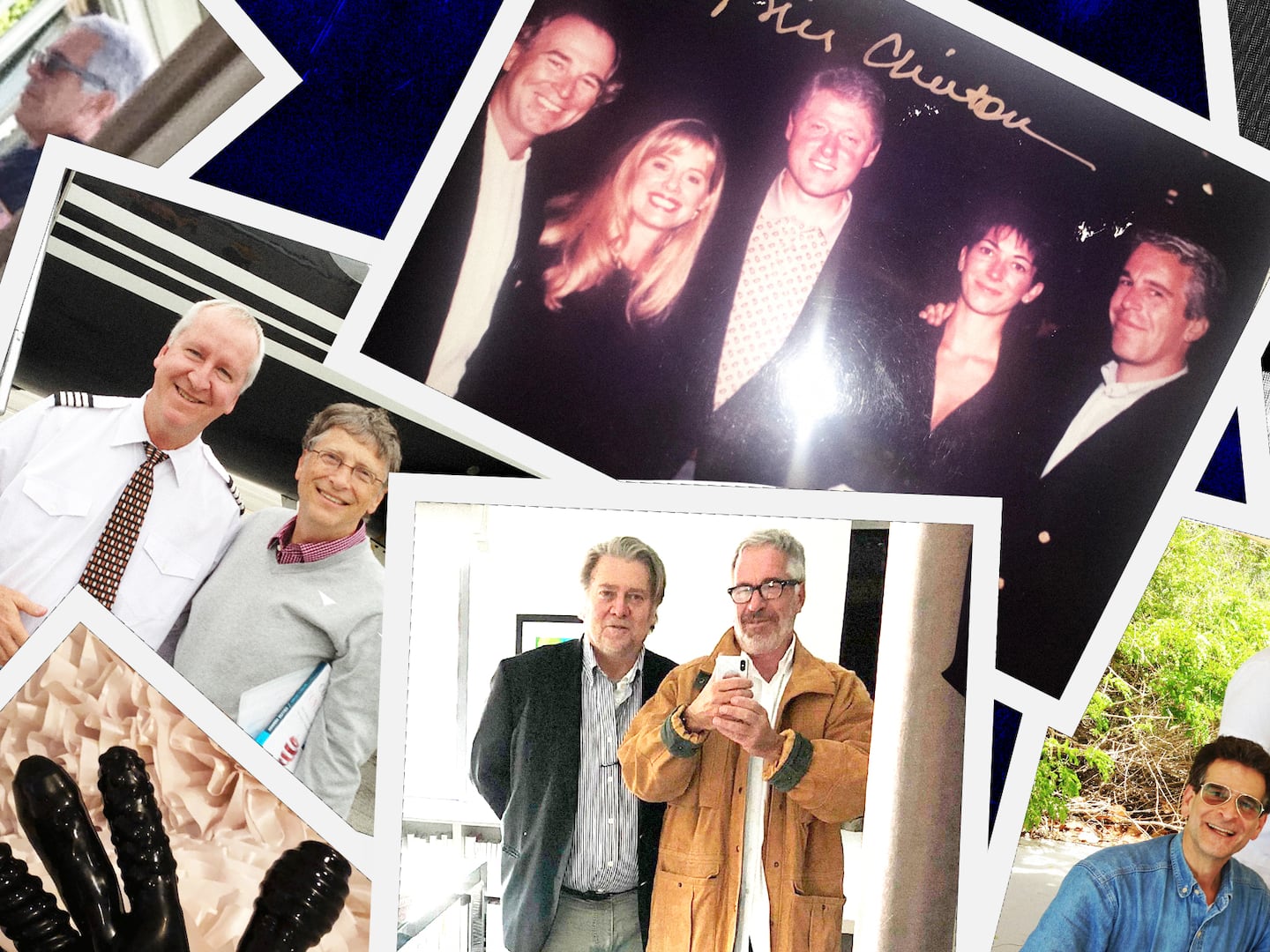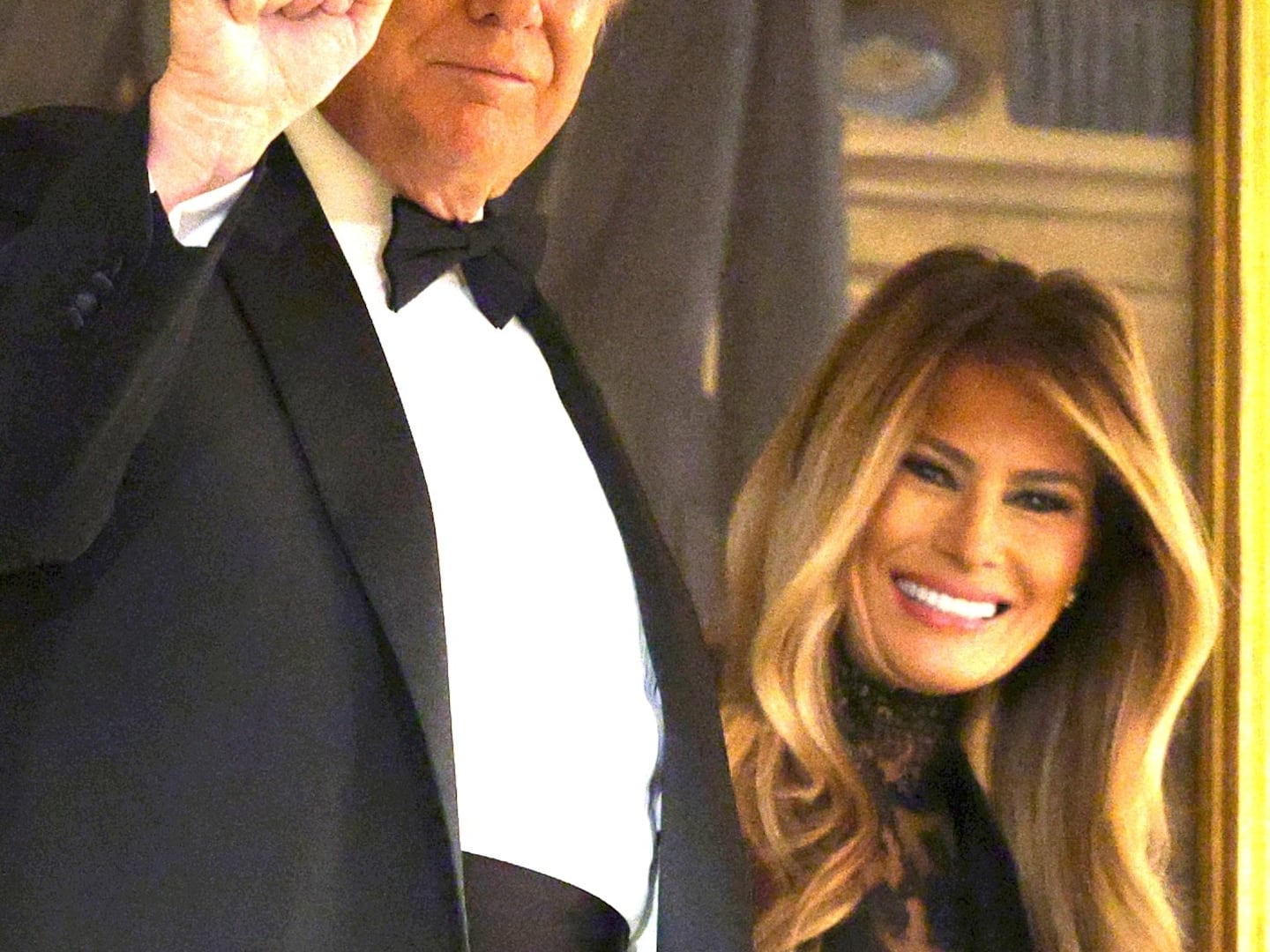Mamas, don’t let your babies grow up to be child stars. Not, that is, unless you wish for them an adult life—presuming they live so long—stamped by professional failure, revolving door rehab, and psychiatric counseling with no expiration date.
There are few exceptions to the downward spiraling after the age of 12, but the biggest would have to be Shirley Temple Black, who died Monday at the age of 85. (If, like me, you did a double take when you saw her age—only 85?—it took a moment of mental math to figure out that her movie career began when she was barely able to walk and ended, more or less, before she started high school.)

Shirley Temple was the supreme child star. From 1935 to 1939, she was not just the most popular child star in Hollywood but the most popular star in Hollywood, period. Trainloads of ink have been spilled explaining that phenomenon, but the most frequent answer is probably the one she liked to go with: she made people in the Depression forget their troubles. “People in the Depression wanted something to cheer them up, and they fell in love with a dog, Rin Tin Tin, and a little girl,” she said.
How she did this is a more interesting question. She was adorable, of course, and she could tap dance. But unlike, say, Judy Garland, she wasn’t a great singer, and she wasn’t an especially great actress, at least not if realism is the yardstick—if you want to see kids being kids in the movies, go watch The Little Rascals. Have you ever in your life met a child as cheerful, spookily intelligent, unselfish, or indomitable as little Shirley? But that was her character, and she played it perfectly. To ask for realism in the bargain would be like asking Superman to leap tall buildings in a single bound and obey the laws of physics at the same time.
The one exception in her string of hits was Wee Willie Winkie, a 1937 movie based on a Rudyard Kipling story and directed by John Ford. Wee Willie Winkie is a fine movie, and its excellence has everything to do with Temple’s acting.
Twentieth Century Fox saddled Ford with Temple, and at first the crusty director couldn’t stand her. Once he figured out that she was smart, they became friendlier, and he used that intelligence to coax a much more modulated—and often moving—performance from his star. When she stands by the bedside of a dying Victor McLaglen and sings “Auld Lang Syne,” it is an occasion for real tears. Or, as McLaglen told her when the cameras stopped rolling, “If I wasn’t already dead, I’d be crying, too.”
Recalling that scene, Temple would write, “Ford came over to me and put his arm around my shoulder, as he would have a boy. My grief had come across with perfect restraint, he said, holding me firmly and punctuating his compliments with gentle hand pressures.
“That we could be friends I had never doubted. But now we were colleagues.” Wee Willie Winkie, she always said, was her favorite of her films.
It is worth noting that the film occasioned a successful libel suit by Twentieth Century Fox against the novelist and then film critic Graham Greene, whose review of the movie accused the studio of “procuring” the child star and not so subtly exploiting her “dimpled depravity.” Greene was only half kidding when he wrote, “Her admirers—middle-aged men and clergymen—respond to her dubious coquetry, to the sight of her well-shaped and desirable little body, packed with enormous vitality, only because the safety curtain of story and dialogue drops between their intelligence and their desire.”
Greene’s review was over the top, certainly, but he was not alone. As film historian Jeanine Basinger has written, “Beneath the surface of her screen image lurked hidden, disturbing messages. That she was an out-and-out baby sexpot was pointed out even in her own day, as her constantly kissing little mouth unquestionably held an adult’s promise … She had an adult’s control over her body and definition to her gestures that were beyond her age. For nearly six years she managed to make time stand still, as she miraculously maintained a balance between adorable child and vamping coquette.”
That almost none of this was purposeful on her part is born out by the fact that her few performances as a teenager and young woman uniformly lack even a whiff of sexuality.
Ford would hire her again, in 1948, when he made Fort Apache, casting her as the cheerful daughter of the martinet commander of a lonely outpost in the Southwest. Her performance is not dreadful—certainly not when set beside that of her co-star (and at that time real-life husband) John Agar Jr., who could make cardboard look lively. But there is no nuance in her acting. She is just doing a late adolescent version of the character she’d been polishing since she was four, and what worked for a kid just looked weird coming from a 19-year-old woman.
As Ford had realized, however, her intelligence was her secret weapon. She could surely have chosen to pursue an acting career as an adult. After all, plenty of other kid stars would try, and a few, such as Elizabeth Taylor and Jodie Foster, would succeed magnificently. Temple chose not to, perhaps because she understood that she could never match the success she’d had when she was six (when she became the youngest person to ever win an Oscar, a distinction that holds to this day).
She divorced Agar, married a man who had nothing to do with Hollywood, and, aside from a couple of brief stints in TV, went on to have a very good life far away from studio sets. When she did return to the public sphere, she involved herself in causes, raising money for multiple sclerosis research and emerging as one of the first breast cancer victims to talk publicly about the need for awareness and treatment—in the ’70s. And she became active in Republican politics. She ran unsuccessfully for Congress in 1967, and in 1974 served as Richard Nixon’s ambassador to Ghana, silencing her critics with another, very different sort of performance. Gerald Ford made her his chief of protocol, an in 1989, George H.W. Bush appointed her ambassador to Czechoslovakia, where she served amidst the collapse of the Soviet Union.
No matter how well she did whatever she did as an adult, of course, there was never any getting over being Shirley Temple (look for her on the cover of Sgt. Pepper). As late as the ’80s, Shirley Temple dolls sold briskly—and not just as collectibles (there was also a truckload of other Shirley-related merchandise, including greeting cards and stationery). And through the agency of TV reruns and now YouTube, she is still teaching generations the lyrics to “Animal Crackers in My Soup.” (Presumably the “middle-aged men and clergymen” singled out by Graham Greene as particularly susceptible to her more perfervid charms have moved on to more explicit degeneracy.) And of course every kid who’s ever craved sophistication has ordered the drink named for her—double up on those maraschino cherries, if you will, barkeep.
She did not outlive her legend—it outlives her. There could only have been a coexistence with her former celebrity. But if Shirley Temple Black always dwelled in Shirley Temple’s shadow, she never let it dominate her. Maybe it was her obvious intelligence that saw her through. Maybe she understood that competing with her pint-sized self was pointless. “Shirley Temple doesn’t hurt Shirley Temple Black,” she said. “Shirley Temple helps Shirley Temple Black. She is thought of as a friend—which I am!” Or maybe she just wised up early—unlike so many former child stars who seem never to have wised up at all. The line between cynical and savvy is a fine one, but she walked it like a Wallenda. This was, after, a little girl who stopped believing in Santa Claus when she was six. “Mother took me to see him in a department store,” she said years later, “and he asked for my autograph.”





